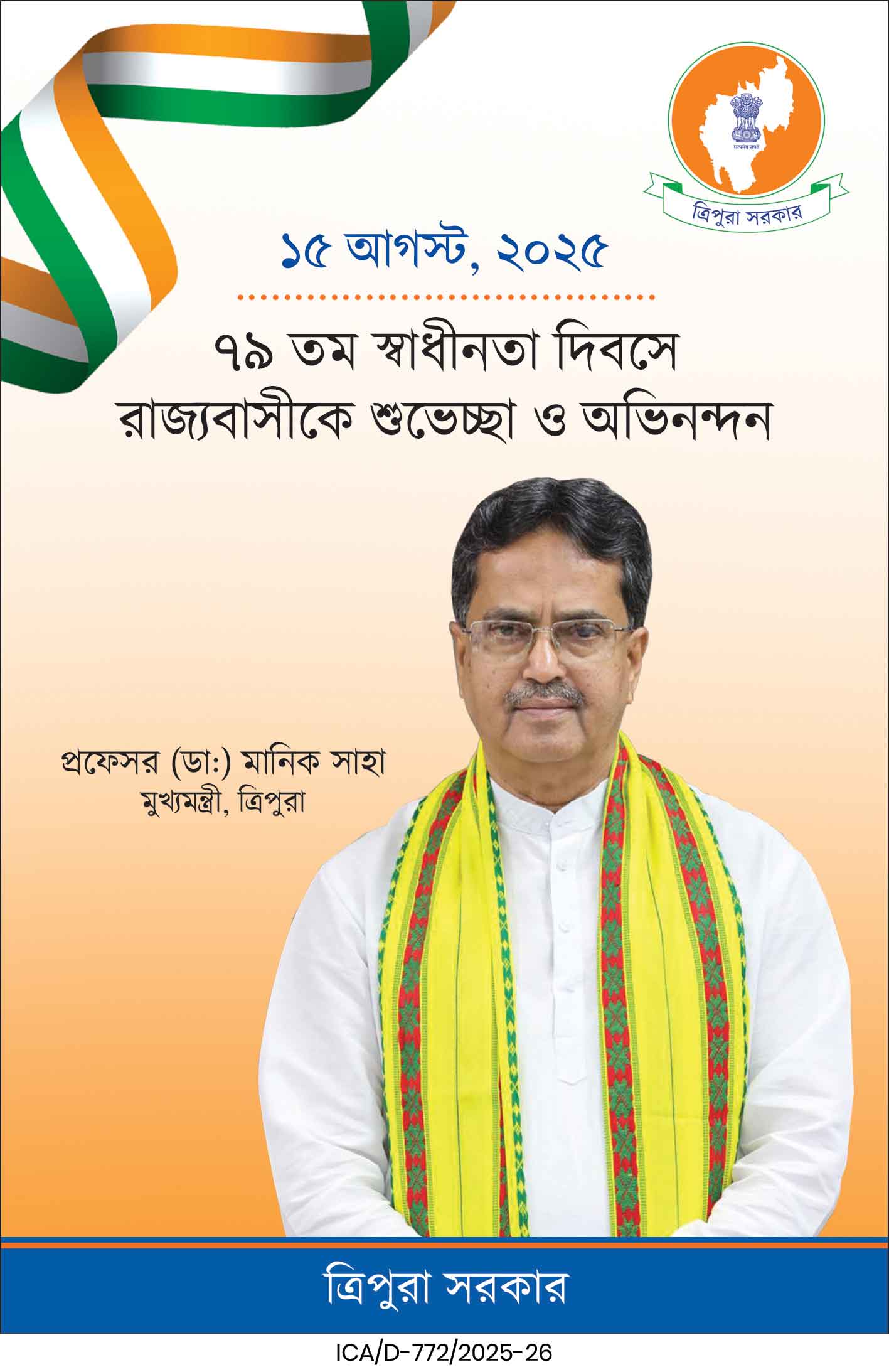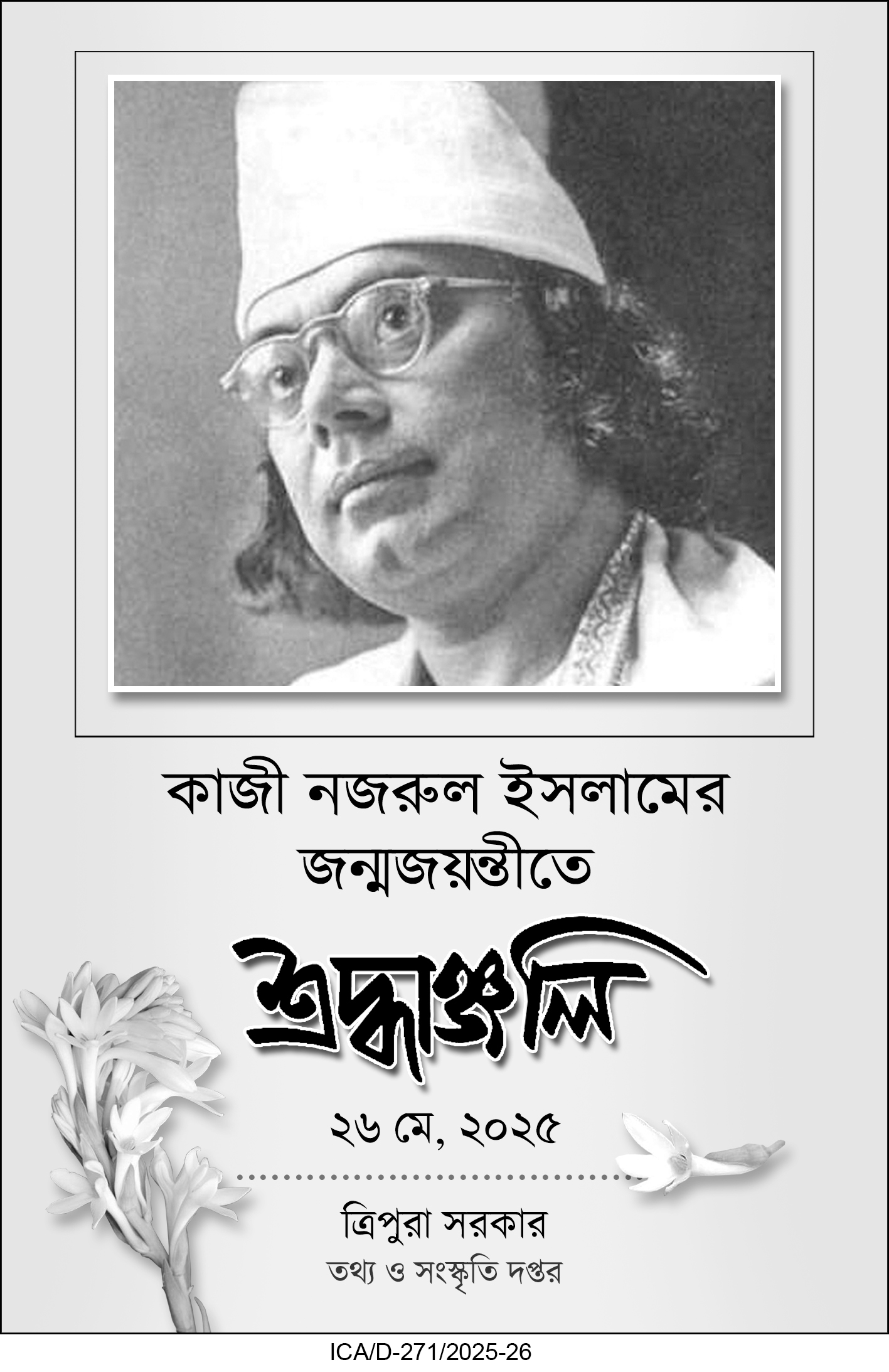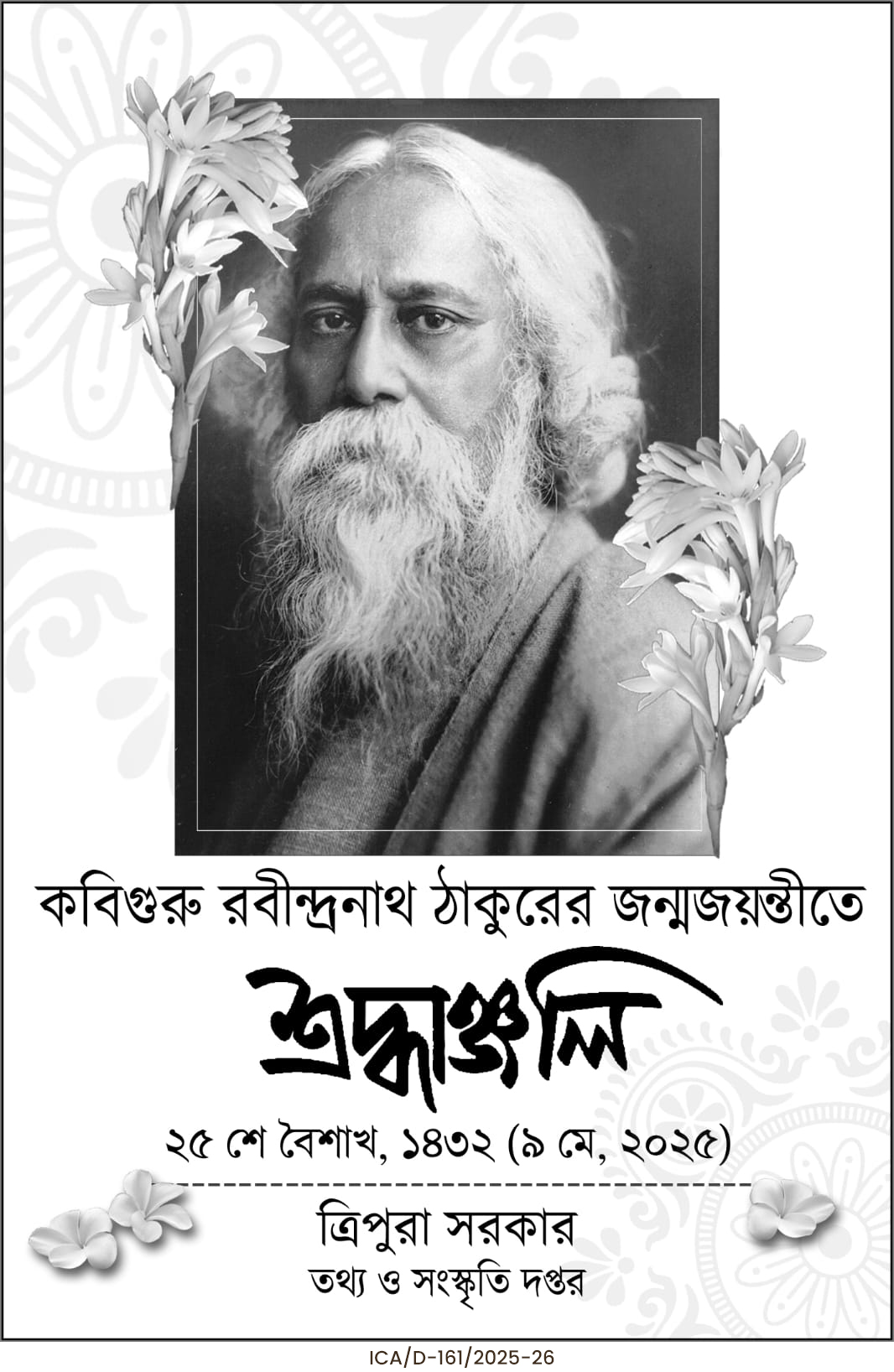In a major win against Naxalism, 23 hardcore Maoists with a collective ₹1.18 crore bounty surrendered in Chhattisgarh’s Sukma district. This mass defection, including top commanders, marks a turning point in the state’s anti-insurgency efforts and reflects growing trust in government rehabilitation and development schemes.
In a landmark moment for Chhattisgarh’s long-standing battle against Naxalism, 23 hardcore Maoists, collectively carrying a reward of ₹1.18 crore, laid down arms in Sukma district on Saturday. Among the surrendered were 11 senior cadres, including divisional and area-level commanders, signalling a severe dent in the operational capabilities of the outlawed insurgent group in the Bastar region.
The surrender took place in the presence of high-ranking officials, including CRPF DIGs Anand Singh Rajpurohit and Syed Mohammad Habib Asgar, as well as Sukma SP Kiran Chavan. Each surrendered cadre received ₹50,000 in immediate assistance and will be rehabilitated under the state’s updated surrender and rehabilitation policy. This includes provisions for housing, education, and vocational training—critical components in enabling former insurgents to reintegrate into mainstream society.
Among the most high-profile surrender was Podiam Bhima alias Lokesh, a Divisional Committee Member (DVCM), who carried a bounty of ₹8 lakh. He is accused of orchestrating some of the most infamous attacks in the state’s insurgency timeline, including the 2012 abduction of Sukma’s first collector, Alex Paul Menon, the 2017 Burkapal attack, and the 2021 Tekalguda encounter. Together, these incidents led to the deaths of 46 soldiers and marked significant periods of violence in Bastar. Lokesh also served as the commander of the South Sub-Zonal Bureau team of the Maoists.
Also among the surrendered was Ramesh alias Kamalu, a security guard for top Maoist leader Madvi Hidma, who himself carries a ₹1 crore bounty. Others include Madvi Joga, the guard of BNPC Raje alias Rajakka, and Nuppo Lachu, who was assigned to the SZCM (State Zonal Committee Member) Sannu Dada.
The surrender group comprised one DVCM, six People’s Party Committee Members (PPCMs), four Area Committee Members (ACMs), and 12 lower-rank Maoist cadres. Rewards for these individuals ranged from ₹8 lakh to ₹1 lakh, depending on their rank and involvement in violent activities. Notably, many were active members of the People’s Liberation Guerrilla Army (PLGA) Battalion No. 1—considered one of the most lethal wings of the Maoist military command.
This mass surrender is part of a broader wave of defections in the Bastar region. Just a day before the Sukma incident, 22 Maoists surrendered in the Narayanpur district, bringing the total number of insurgents who have given up arms in the past 24 hours to 45. State officials noted that these numbers are indicative of a growing disenchantment within Maoist ranks and a shift in trust towards democratic governance and state-backed development efforts.
Chief Minister Vishnu Deo Sai took to his official X (formerly Twitter) handle to laud the development, stating, “Bastar is undergoing a profound transformation. The echoes of gunfire are fading, replaced by the steady voice of democracy, now resonating across the region.” He added that such surrenders reflect the rising confidence in inclusive state initiatives like Niyad Nellnar, which aim to bring governance and development to even the most remote and conflict-hit areas.
According to official figures, a staggering 1,521 Maoists have surrendered over the past 15 months—a period that coincides with the implementation of the state’s new 2025 surrender and rehabilitation policy. This policy offers insurgents not only financial support but also a roadmap for reintegration, including access to education, employment opportunities, and social inclusion.
Security experts believe that the increasing defections, particularly among highly trained and senior Maoist operatives, point to a severe internal crisis within the Maoist organisation. The ideological disillusionment, combined with the atrocities committed against local tribal populations and the lure of a stable civilian life, is causing a fundamental erosion of the Maoist base.
Police and intelligence agencies are optimistic that such surrenders can provide invaluable intelligence about the operational structure and future plans of the Maoist network. “They have worked closely with top leaders and have detailed knowledge of the internal command hierarchy, logistics, and strategies,” said a senior police officer.
The inclusion of lower-level cadres such as Hemla Rama (with a ₹3 lakh reward) and seven others with ₹1 lakh bounties—like Sodi Hidme, Kawasi Joga, Rupa alias Bhime, and others—also underlines the depth of defection across all ranks. The growing wave of surrenders is seen as a direct result of well-implemented people-centric governance, robust security operations, and strategic psychological operations aimed at breaking the Maoist morale.
| Also Read: Youth Affairs & Sports Ministry opens nominations for Tenzing Norgay |
As Chhattisgarh inches closer to its vision of becoming a Naxalism-free state, the latest developments offer hope and a strategic blueprint for other insurgency-affected regions in India. The leadership of Prime Minister Narendra Modi and Home Minister Amit Shah, paired with focused state policies, appear to be turning the tide in what has been a decades-long internal conflict.





